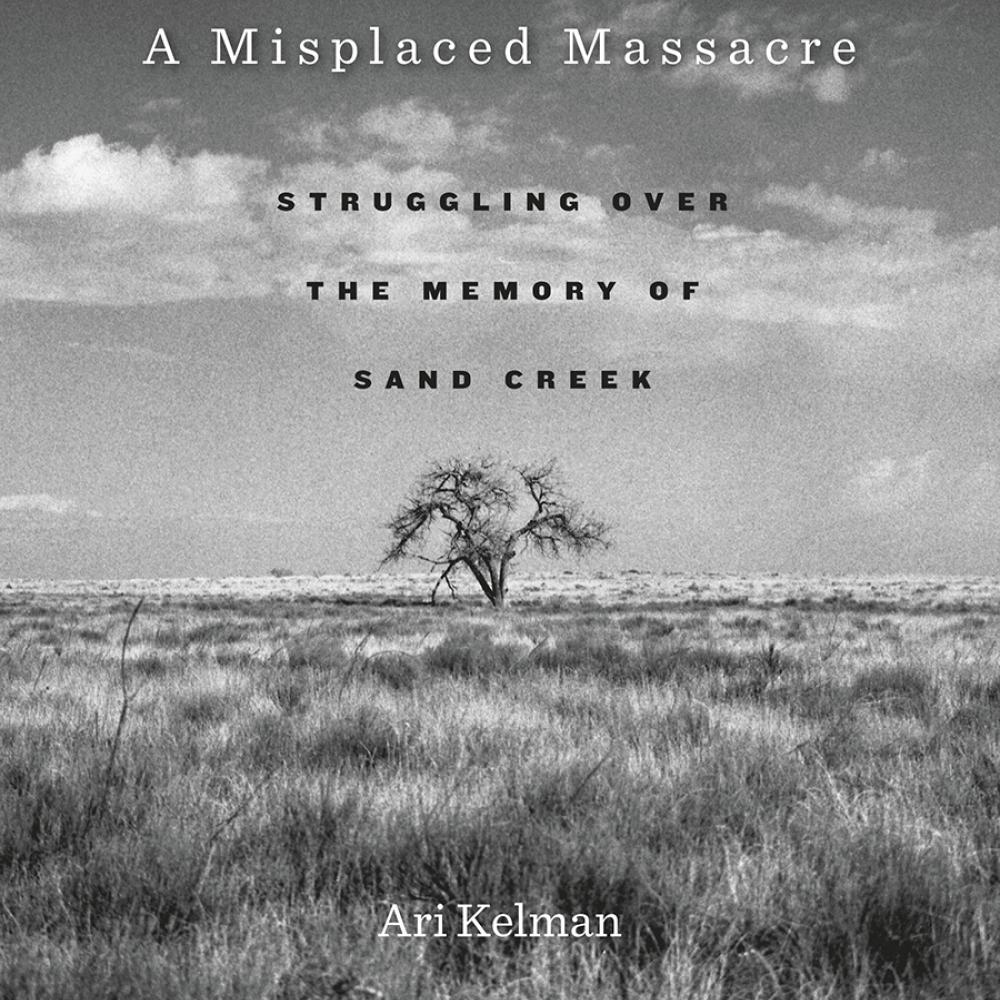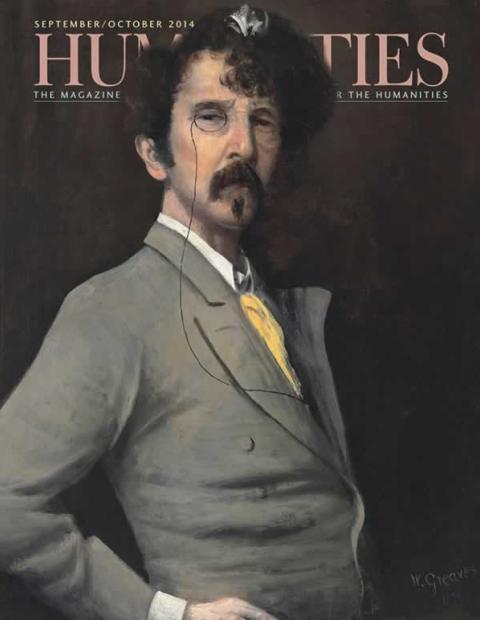When it came time in the 1990s for the National Park Service to recognize the significance of fighting that took place late in the Civil War in Kiowa County in southeastern Colorado, the agency realized the actual site of the events had gone missing. The Bancroft Prize-winning book Misplaced Massacre by Ari Kelman painstakingly follows the efforts of academics, Native peoples, fortune hunters, federal officials, and politicians to rediscover both the exact location along Sand Creek and the greater significance of the fighting that took place there in November 1864.
Subtitled Struggling Over the Memory of Sand Creek, the NEH-funded work published by Harvard University Press presents three accounts of the events and a coming to grips with terminology: Was Sand Creek a massacre or a battle? According to the account of John Chivington, who led Colorado regiments against an encampment of Cheyenne and Arapaho near Fort Lyon, it was a noble battle and part of the glorious narrative of the Civil War. This view was bolstered in the early twentieth century by the erection of a Civil War monument in Denver that counted Sand Creek as a Civil War battle. Another view, that of eyewitness Silas Soule, was that Sand Creek was a massacre, perpetuated by racial hatred. The third view came from a Cheyenne survivor, George Bent, who collaborated on a history of the events. Bent took the long view that it was part of America’s violent westward expansion and, as Kelman writes, belonged to “a long-standing fight between the North and the South for control of the West.”
Reviewers of Misplaced Massacre acknowledge that much has already been written about Sand Creek, but, as Colin G. Calloway notes in the Washington Independent Review of Books, “Ari Kelman’s story of the struggle to create the historic site focuses on what people think about what happened, as issues of historical memory were fought out in meeting rooms, communities and the press.” Tedra Osell, writing in the blog Crooked Timber, concurs: “The bulk of the book is about interpretation. . . . Kelman’s methodology is his content.” Later in the review, Timber concludes that “in detailing the incredible complexities of establishing the Sand Creek Massacre National Historic Site, Kelman illuminates the heterogeneousness of history.”
James Buss, in an online review in H-AmIndian, observes that Kelman “knows best not to judge historical actors within his work, particularly those with whom he worked alongside during the research for the book.” Instead, Buss writes, “he carefully untangles the knotted cords of memory that motivated his subjects and fueled their impassioned responses to perceived enemies and partners.” Moreover, “Kelman reveals the collision of the past and the present,” suggesting that “history and memory are malleable.”
In the epilog of Misplaced Massacre, Kelman quotes a researcher who had spent twenty years helping resolve the mystery of the location of the fighting: “I think I know what I know. But what I know is pretty limited.” For descendants of the Cheyenne and Arapaho who died in the massacre, there may be little comfort in finally knowing for sure even that much.


